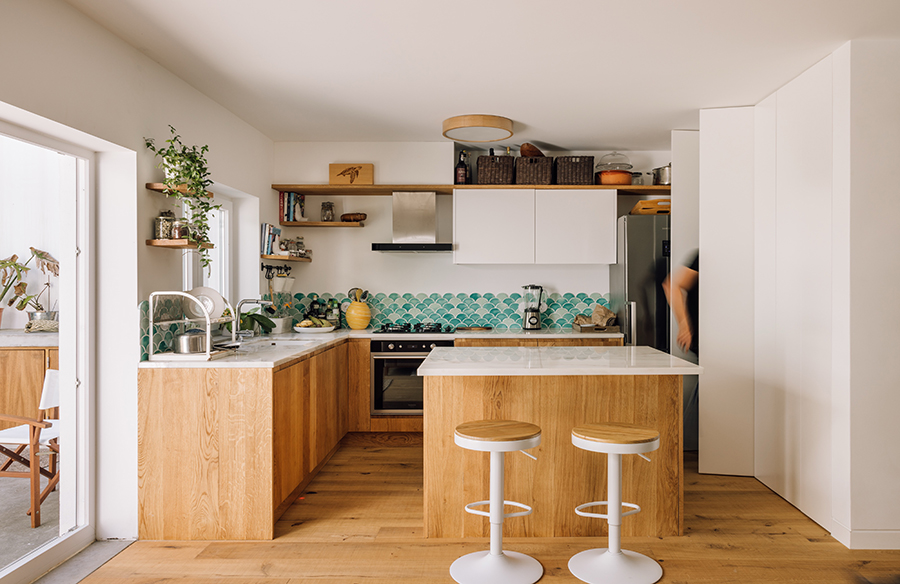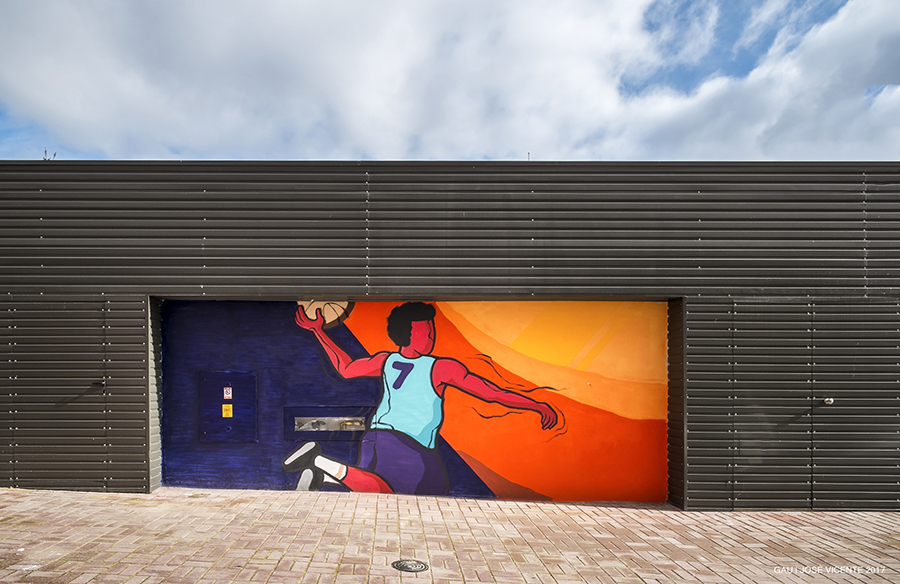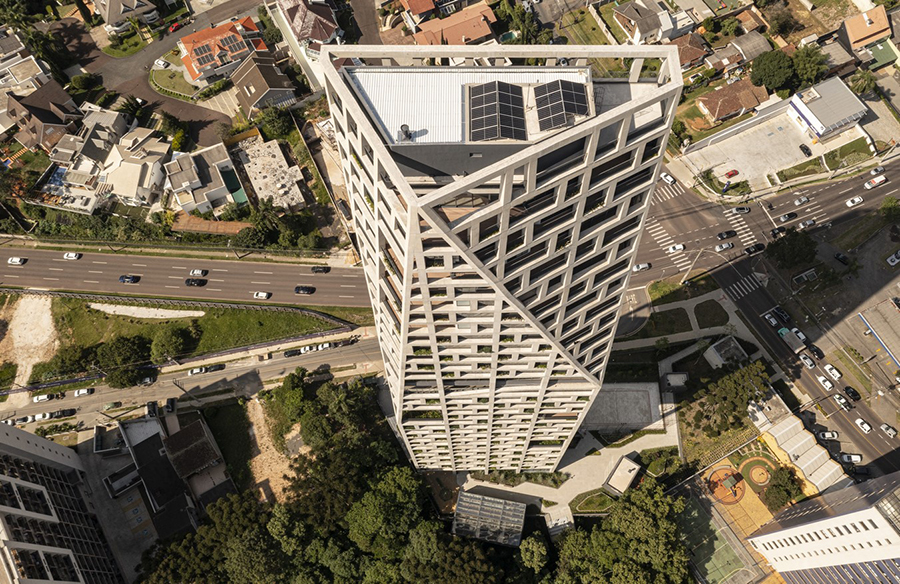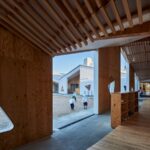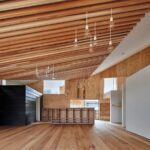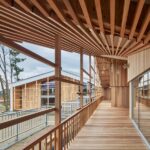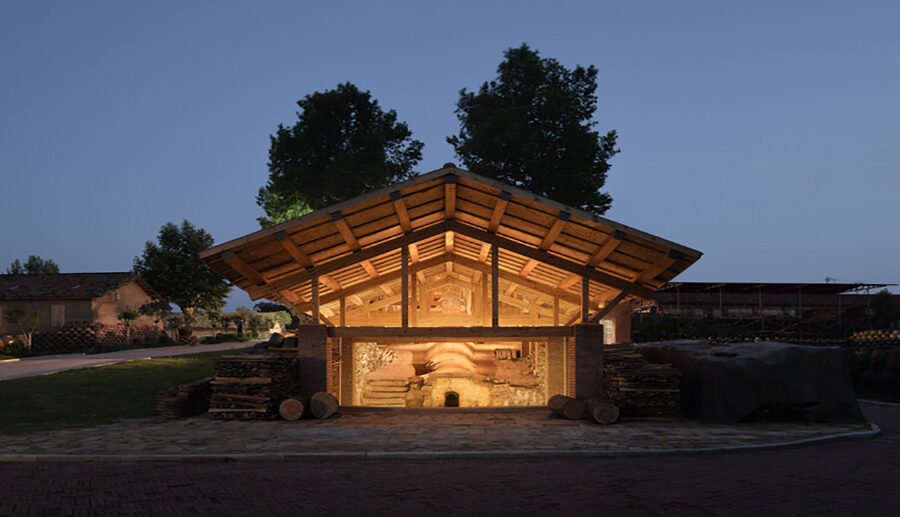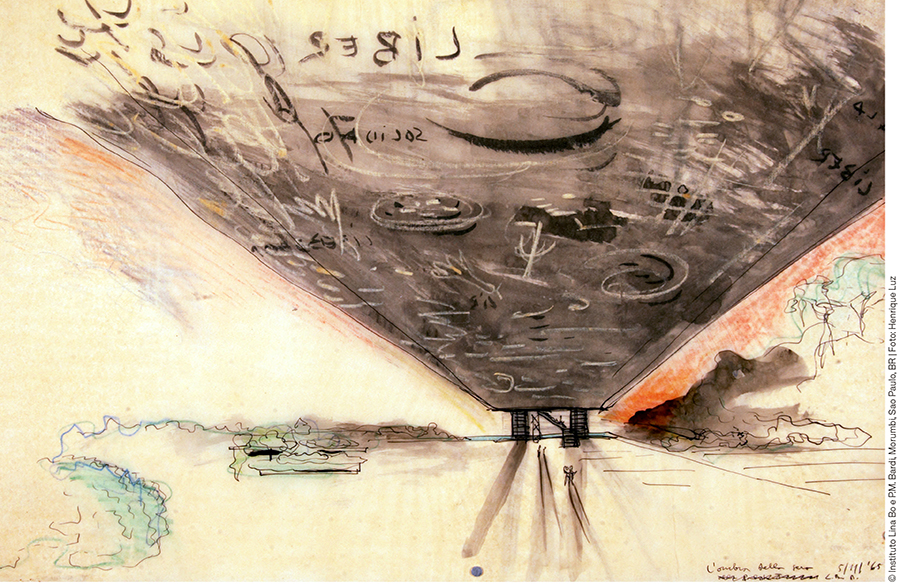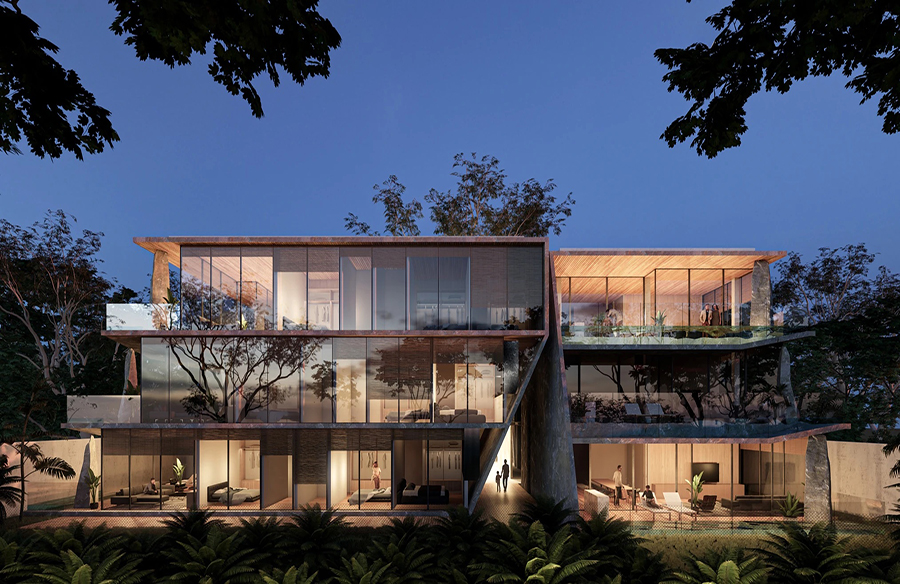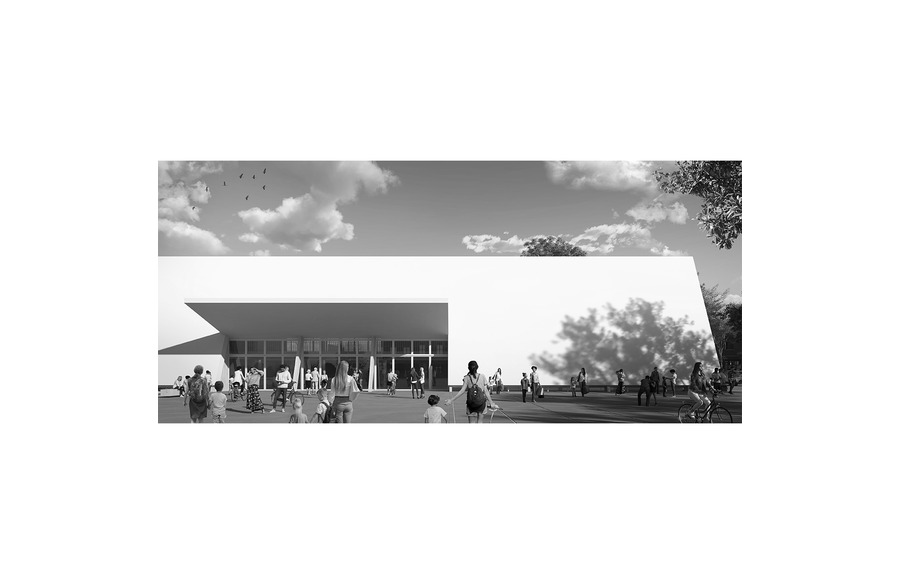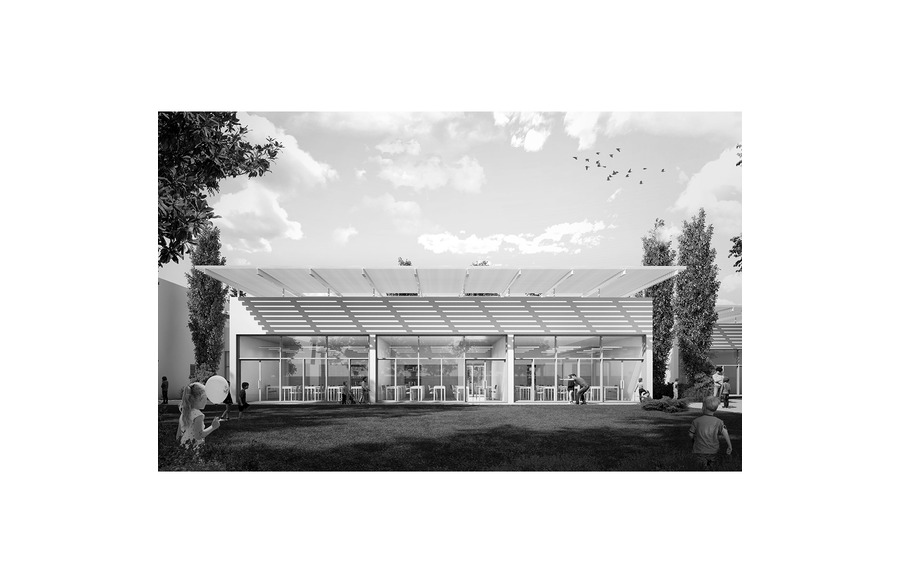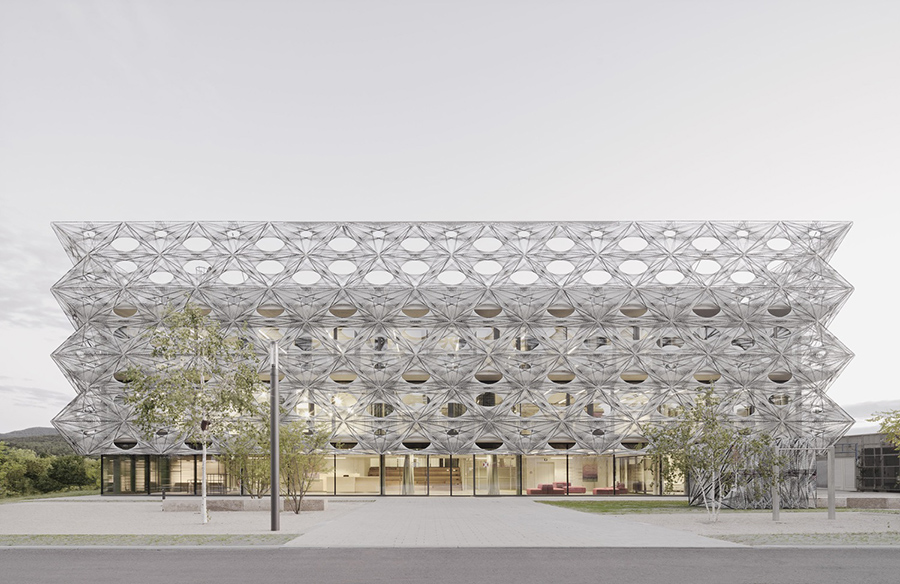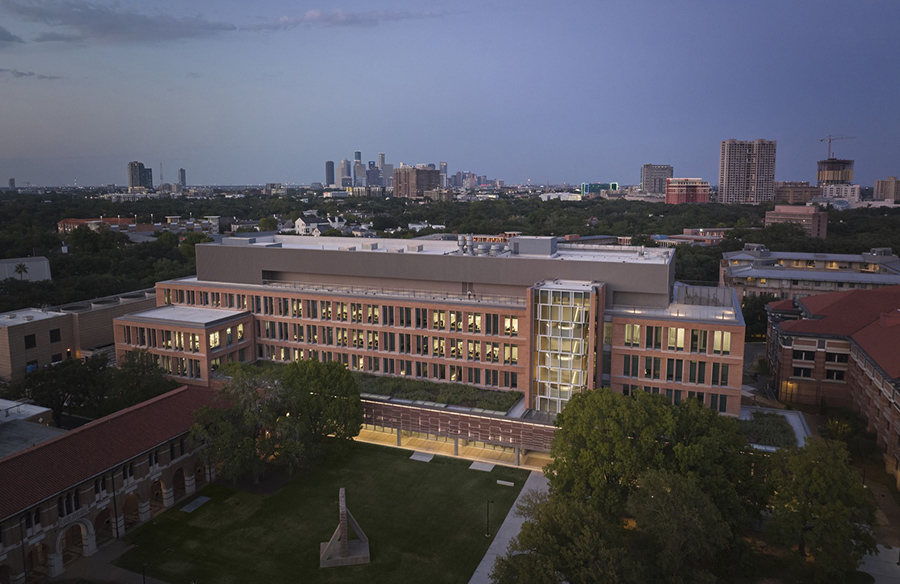YNS Yamaikarashi Nursery School: A Fusion of Education and Community

Architects: Takeru Shoji Architects
Area: 1,101 m²
Year: 2021
Photographs: Koji Fujii / TOREAL
Structural Design: Tetsuya Tanaka Structural Engineers, Tetsuya Tanaka, Takuto Hashimoto
Contractors: Ikeda-Gumi Co.Ltd, Takumi Kawadas
Mechanical Equipment: CAD System IPE, Toshiaki Honma
Electrical Equipment Design: J・Tsukasa Design, Hitoshi Kuwano, Kenichiro Taiko
Lighting Design: Komorebi Design, Mariko Niato
General Contractors: Hierose Co.Ltd, Yoshiaki Sato, Hiroshi Sawamura, Junichi Kawase
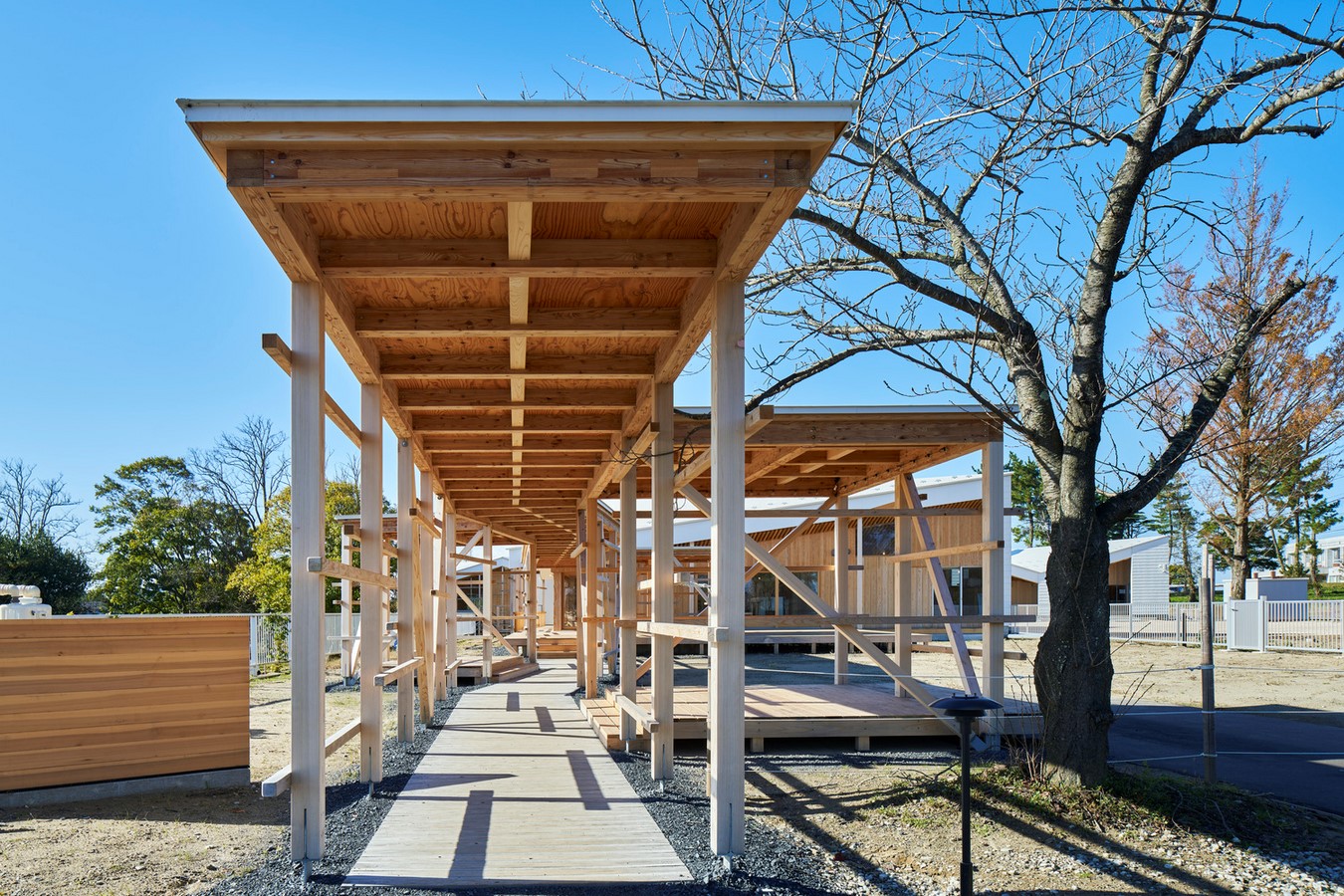
Creating a Village-Like Nursery School
Situated in Niigata, Japan, the YNS Yamaikarashi Nursery School, designed by Takeru Shoji Architects, embodies a visionary approach to early childhood education. The aim was to establish a nursery school seamlessly integrated with the surrounding village, fostering a mutually beneficial relationship between the educational institution and the community.
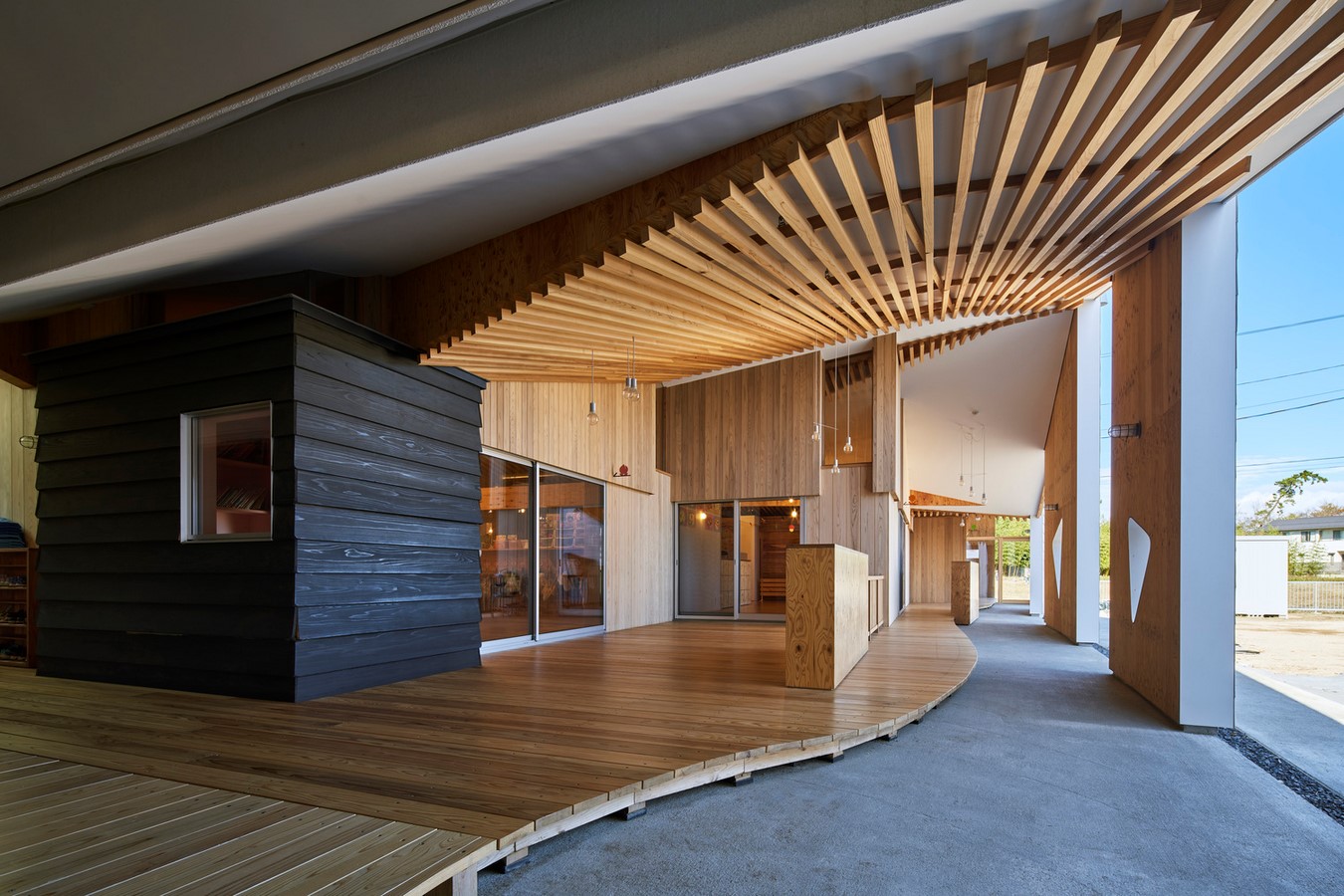
Community-Driven Vision: A Place for All
Through workshops involving childcare researchers, parents, and local residents, the vision for the nursery school emerged: “Create a nursery school like a village and foster a village like a nursery school.” The emphasis was on building a vaguely bounded, expanding nursery school that allows children to move freely between interior rooms, exterior playgrounds, and the village itself. Moreover, the nursery school was envisioned as a space open to villagers, encouraging community interaction and visitations.
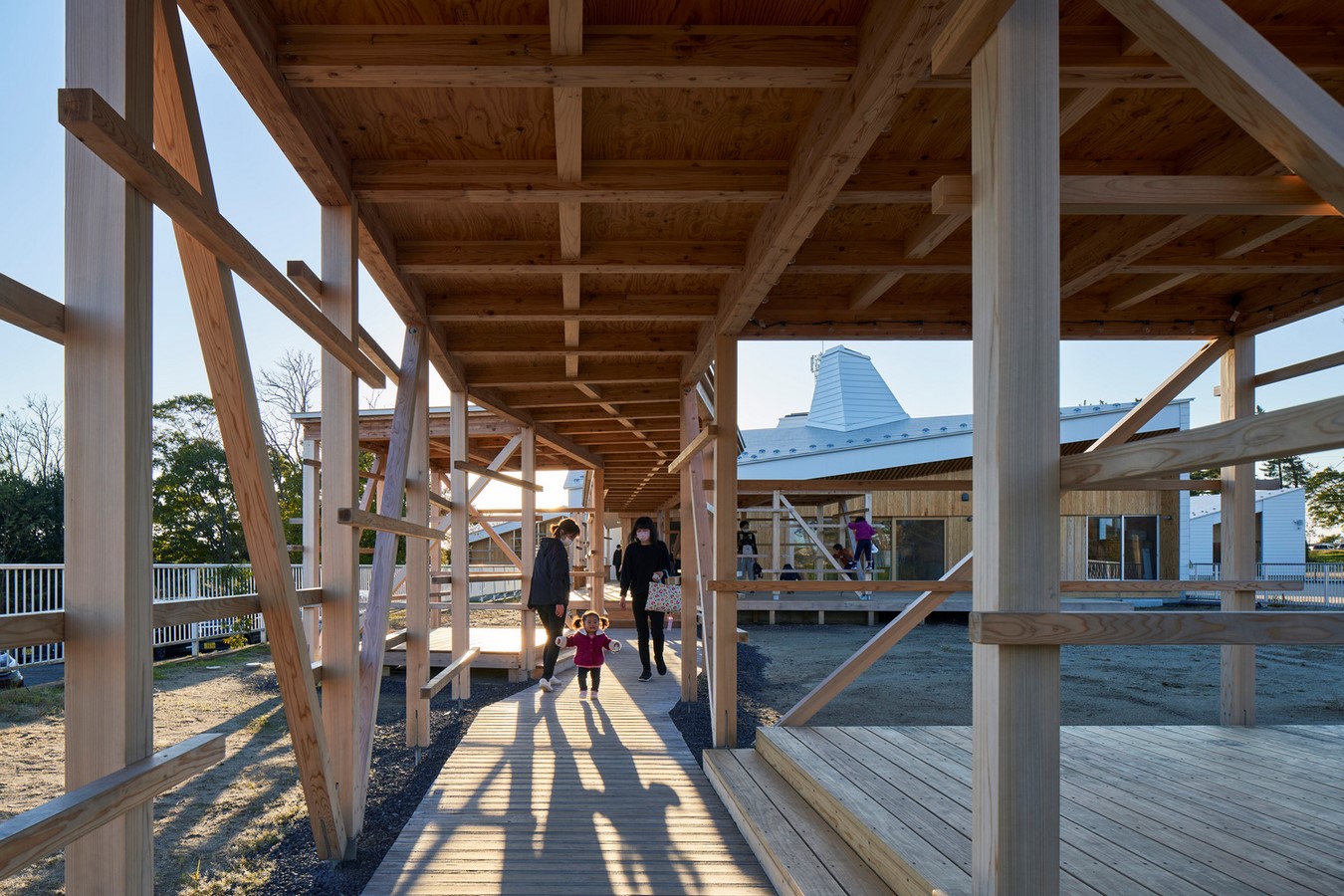

Innovative Design in Limited Conditions
The site’s conditions restricted the transportation of large timbers, leading to the construction of wooden trusses on-site by combining smaller timbers. These trusses, with apexes facing up and down, were integrated to form a series of truss roofs. The intersection of trusses was strategically moved, creating expressive environments within each room and fostering a sense of connection.

Integration with the Surrounding Village
The winding, narrow streets of the village were incorporated into the nursery school, forming exterior corridors that extend to the back of the building. This design choice allows children’s activities to be visible from the village, enhancing the sense of integration. The exterior corridors also serve as spaces for children to socialize between age groups.
Creating Comfortable Learning Spaces
Innovative solutions were implemented to ensure comfort for both learning and play. Air conditioners and total heat exchangers were installed beneath the cedar flooring, creating an underfloor air chamber. This design prevents direct airflow on children while providing radiant heat for a comfortable learning environment.

Enhancing Community Interaction
The nursery school’s architecture extends beyond its walls. A childcare support office and deck plaza, located in front of the building, serve dual purposes, hosting local farmers’ markets and food truck events. This integration allows community activities to seamlessly blend with nursery school activities.

Cultivating Everyday Life in the Village
As time has passed since the nursery school’s opening, the fluid layout of the grounds has encouraged increased socialization among children of different age groups. The design has also attracted senior citizens, resulting in a higher number of residents observing children’s activities. Under the eaves of the nursery school building, parents engage with one another, creating a flexible and expanding learning and play environment.

Conclusion: Seeds of a New Everyday Life
The YNS Yamaikarashi Nursery School is more than an educational institution; it is a dynamic hub where education, community, and daily life intersect. The innovative design, community-driven vision, and integration with the surrounding village have set the stage for the seeds of “creating a nursery school like a village and fostering a village like a nursery school” to sprout and flourish.

